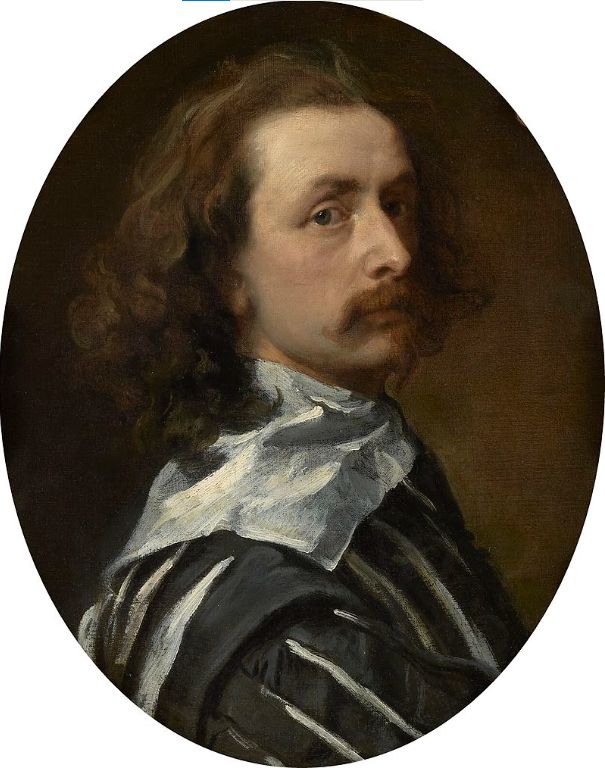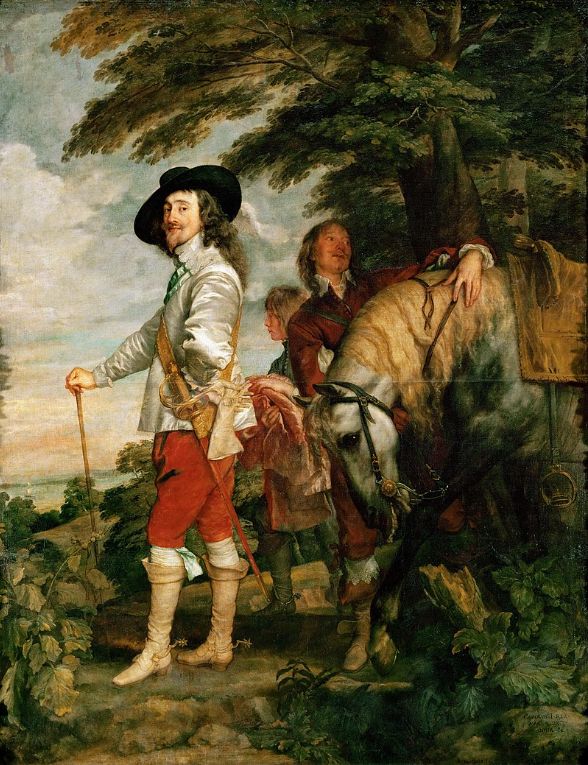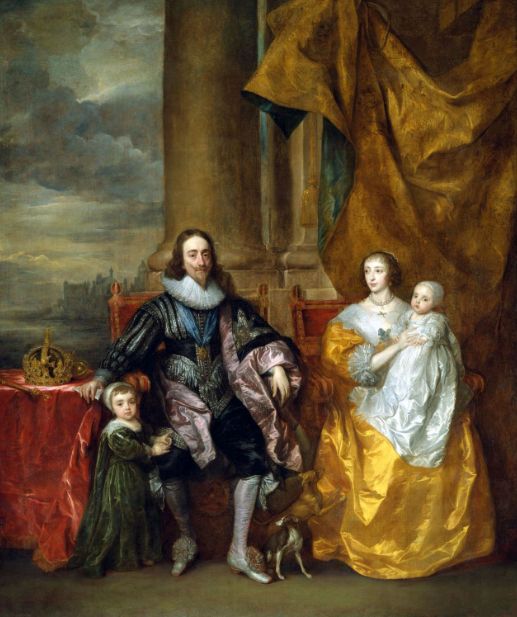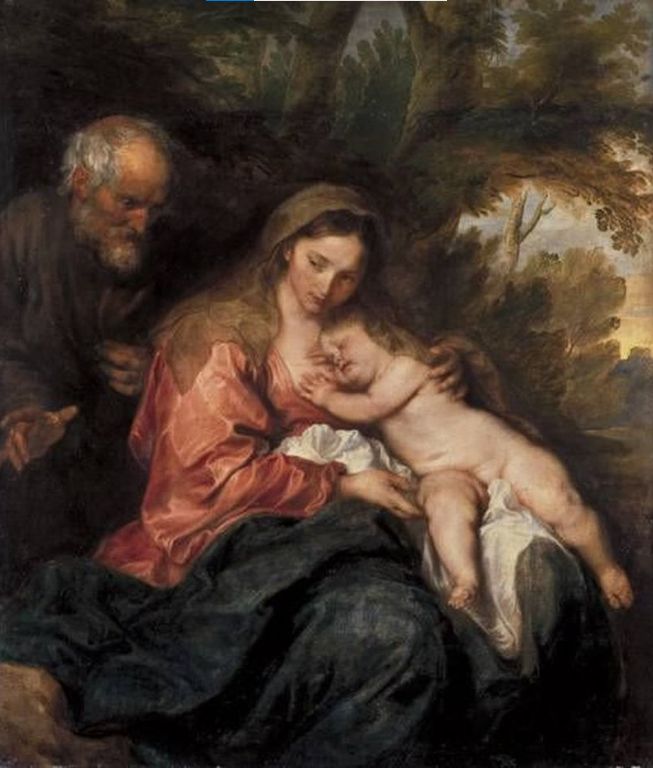In the 17th-century European art scene, Anthony van Dyck was undoubtedly a dazzling star. Not only was he one of Rubens' most outstanding assistants, but he also served as the court painter to King Charles I of England. Van Dyck was renowned for his exquisite portrait techniques, using his brush to bestow unparalleled dignity and charm upon monarchs and nobles.

Born in Antwerp, Flanders, in 1599, van Dyck demonstrated extraordinary artistic talent from a young age. As a young man, he apprenticed under Peter Paul Rubens, an experience that laid a solid foundation for his artistic career. Rubens' studio was not only an artistic crucible but also a social hub that attracted numerous European nobles and art patrons. Here, van Dyck learned to cater to the aesthetic demands of the upper class while honing his skills and style.
In 1632, van Dyck was invited to England to become the court painter to King Charles I. Charles I had a profound passion for art and a refined taste, desiring to use art to display his authority and majesty. Van Dyck met the king's needs by creating numerous portraits, including many masterpieces of the king and his family.
Van Dyck's portraits of Charles I were not just depictions of the king's appearance but symbolic representations of his power and status. In these works, Charles I is often portrayed as Saint George's knight, a Renaissance scholar, a loyal family guardian, and a gentle father. Through these depictions, van Dyck transformed the short and plain-looking king into a tall, formidable, and regal figure.
For example, in van Dyck's famous work "Charles I at the Hunt," the king is dressed in knightly attire, mounted on a tall steed, with a backdrop of vast fields and grand architecture. The painter used a low-angle perspective to present the king as a lofty and invincible ruler. This technique, often used in altar paintings to deify saints, here served to underscore the divine right of kings.

Van Dyck's portraiture is not only notable for its meticulous brushwork and attention to detail but also for capturing the inner qualities of his subjects. He adeptly used expressions, gestures, and postures to reveal the psychological states and personalities of his subjects. For instance, in his various portraits of Charles I, the king's gaze combines authority with gentleness, a complex emotional expression that gives the paintings profound impact.
Moreover, van Dyck's composition and use of color were unique. He frequently employed symmetrical compositions to give the paintings a sense of stability and solemnity. He skillfully used soft tones and light contrasts to add depth and drama to the scenes. In his portraits of English nobles, the intricate details of their attire and the lifelike faces in gentle light seem ready to step out of the canvas.

Van Dyck's portraits significantly influenced the development of English portraiture and set a standard for future artists. His works were highly sought after across Europe, with nobles and royal families eager to imitate and collect them. His artistic style, known as "Van Dyckian," became the epitome of 17th-century portraiture.

Through his exceptional artistic talent, van Dyck elevated portraiture to new heights. He did more than depict appearances; he infused his subjects with soul through his brush, giving his works timeless artistic value and historical significance.
Anthony van Dyck, with his extraordinary artistic skills and keen perception of inner qualities, became one of the most outstanding portrait painters of 17th-century Europe. His works are not only artistic treasures of his time but also significant legacies in the history of human art, deserving of our perpetual remembrance and admiration.